 by "ttyymmnn" (ttyymmnn)
by "ttyymmnn" (ttyymmnn)
Published 11/23/2017 at 12:35
 by "ttyymmnn" (ttyymmnn)
by "ttyymmnn" (ttyymmnn)
Published 11/23/2017 at 12:35
Tags: wingspan
; Planelopnik
STARS: 10
The aircraft in this photo is a Boeing 747, one of the most easily recognizable aircraft in the world. But itís more than just a 747. Itís really a 747-436. But what do those extra numbers mean?
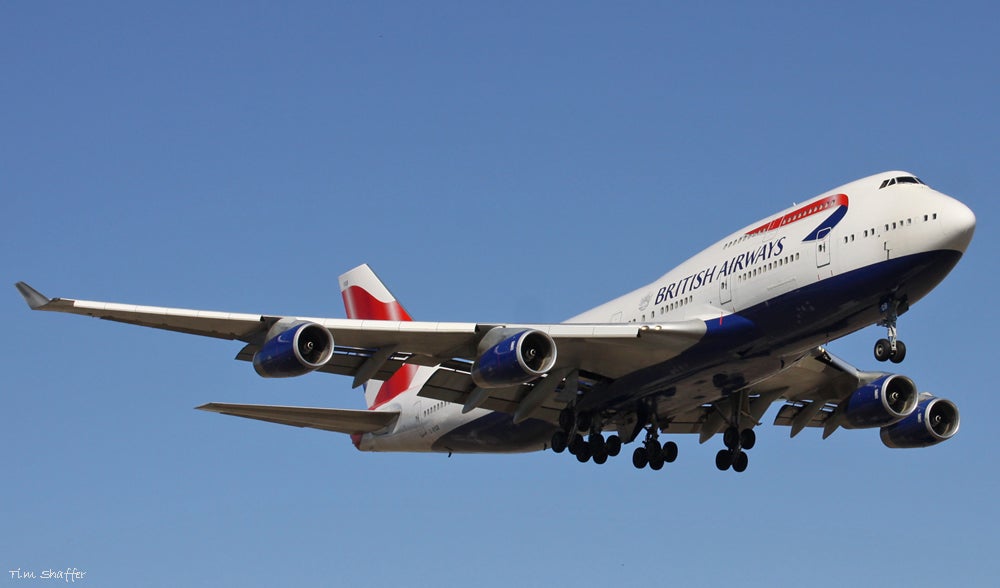
The first digit in that trio of numbers indicates the variant. In this case, our Boeing 747 is actually a
Boeing 747-400
(if you want to use the International Civil Aviation Organization
type code
, you could call it a 744). The 400 is Boeingís best-selling 747, and nearly 700 were produced. By the same token, the Southwest 737-8H4 seen below is a 737-800 (or 738 to the ICAO), a stretched variant of the 737-700. So that explains the first number, but what about the other two?
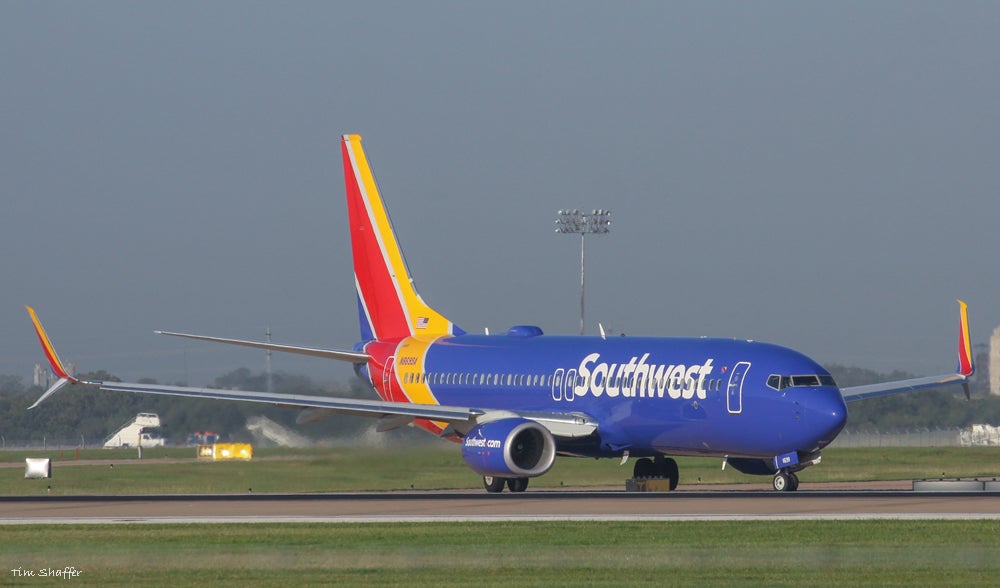
For 60 years, from 1956-2016, Boeing assigned a unique two-character customer identifier to their commercial aircraft, and it is those characters that follow the variant number. The numbering started with 01 for Piedmont and continued to 99 with British Caledonian. After that, Boeing started using a mix of numbers and letters. Since Boeing assigned the customer code 36 to British Airways (and BOAC before that), our 747-400 became a 747-436 when BA placed its order for the wide-body airliner. If an airliner gets sold to another airline, it retains its original designation. So, if BA sold our 747-436 to Air France, it wouldnít suddenly become a 747-428. The aircraft retains its provenance regardless of where it goes later in life.
You can find all the Boeing customer codes, from Aer Lingus to Zhongyuan Airlines, here .
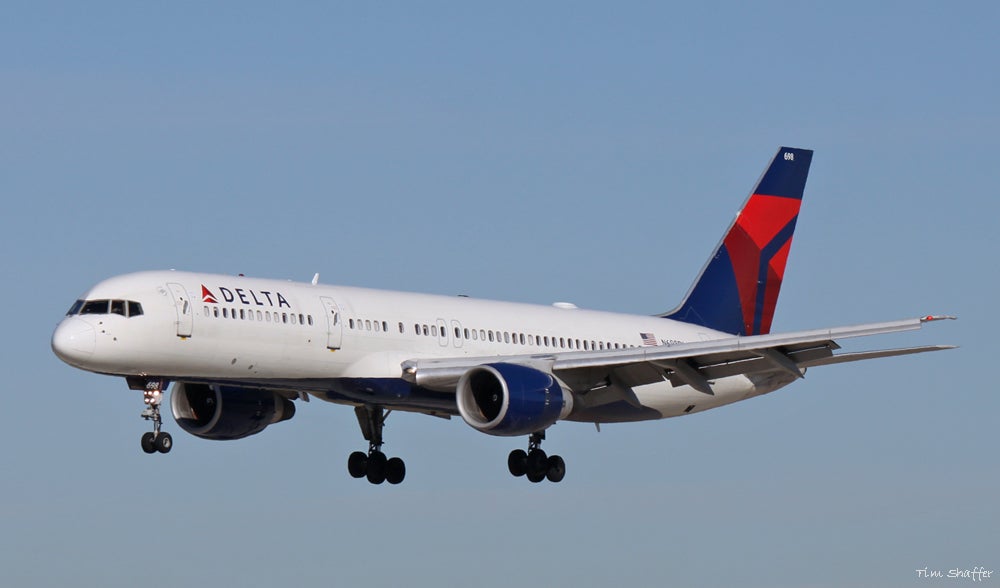
So, all six characters taken together tell us the model, the variant, and the airline that ordered the plane. But Boeing stopped using customer codes in 2016, so what will they do going forward? In the future, the suffix will only denote the specific variant of the model (787-8, 737 MAX, etc). This also includes the 747-8, which received its suffix based on technologies borrowed from the 787. To find out more about a specific airliner, youíll have to delve into line numbers and serial numbers that arenít readily apparent to plane spotters. And that takes a little bit of fun out of it.
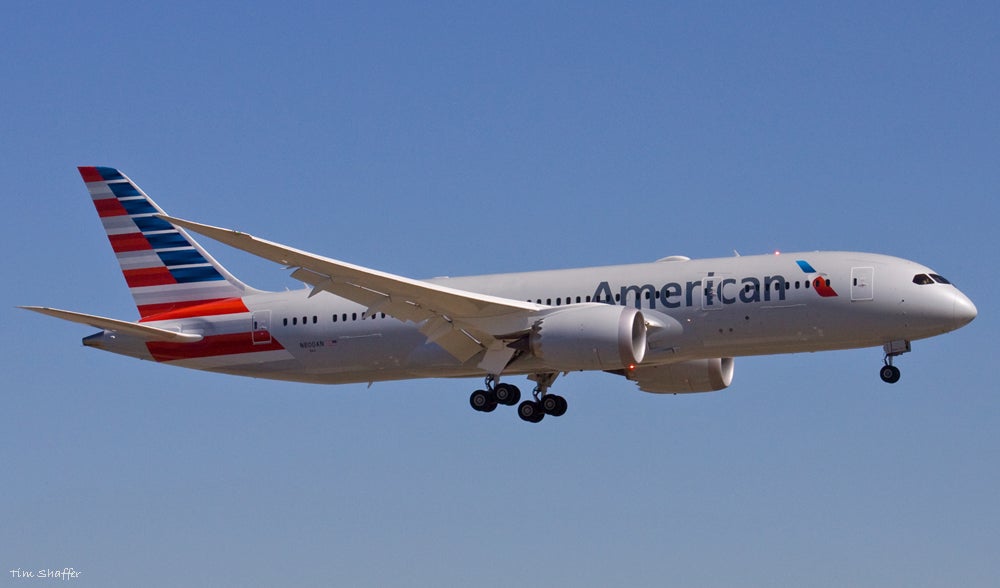
All photos by the author
!!! UNKNOWN CONTENT TYPE !!!
!!! UNKNOWN CONTENT TYPE !!!
!!! UNKNOWN CONTENT TYPE !!!
!!! UNKNOWN CONTENT TYPE !!!
!!! UNKNOWN CONTENT TYPE !!!
!!! UNKNOWN CONTENT TYPE !!!
!!! UNKNOWN CONTENT TYPE !!!
If you enjoyed this post, please join in the conversation and let me know. For more posts about airplanes, aviation history and aircraft oddities, set your course for
†
Wingspan
.
!!! UNKNOWN CONTENT TYPE !!!
 "dogisbadob" (dogisbadob)
"dogisbadob" (dogisbadob)
11/23/2017 at 12:59, STARS: 0
Iím waiting for the 807
 "ttyymmnn" (ttyymmnn)
"ttyymmnn" (ttyymmnn)
11/23/2017 at 13:05, STARS: 1
Youíll get a 797 first.
 "farscythe - makin da cawfee!" (farscythe)
"farscythe - makin da cawfee!" (farscythe)
11/23/2017 at 13:17, STARS: 3
here you go.... the 807
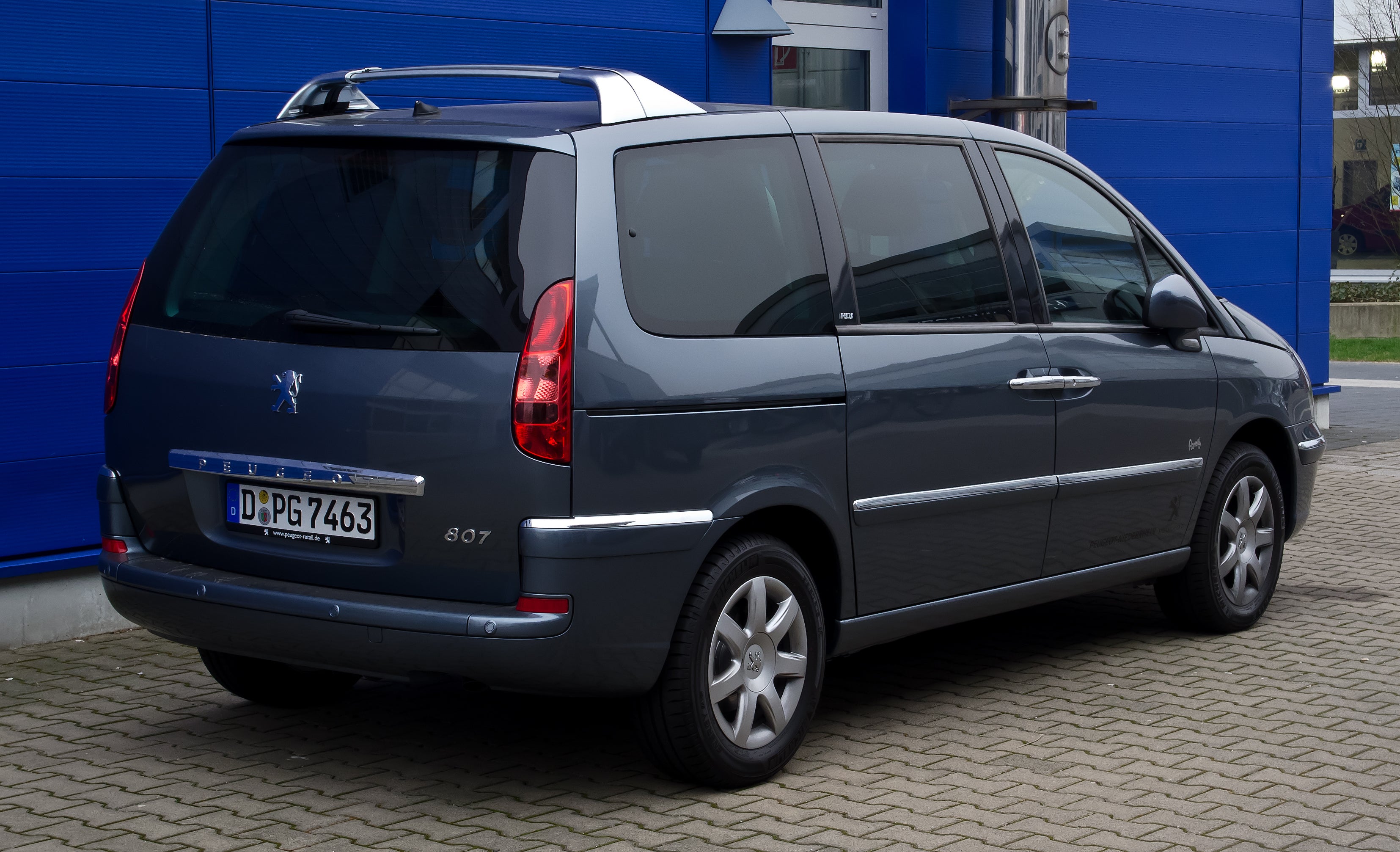
 "Full of the sound of the Gran Fury, signifying nothing." (granfury)
"Full of the sound of the Gran Fury, signifying nothing." (granfury)
11/23/2017 at 13:25, STARS: 1
Years ago I was out on the ramp with my trainer when he pointed to an aircraft and asked me to identify it. I answered that it was a Boeing 757-223ER powered by a pair of the higher output Rolls Royce RB211-535E4B engines. He said that Ď757' would have been sufficient...
(And for the pedantic amongst you - I know that thereís technically no such thing as an ER version of the 752 and that itís mostly an internal thing at the airlines to differentiate the overseas birds from the domestic ones).